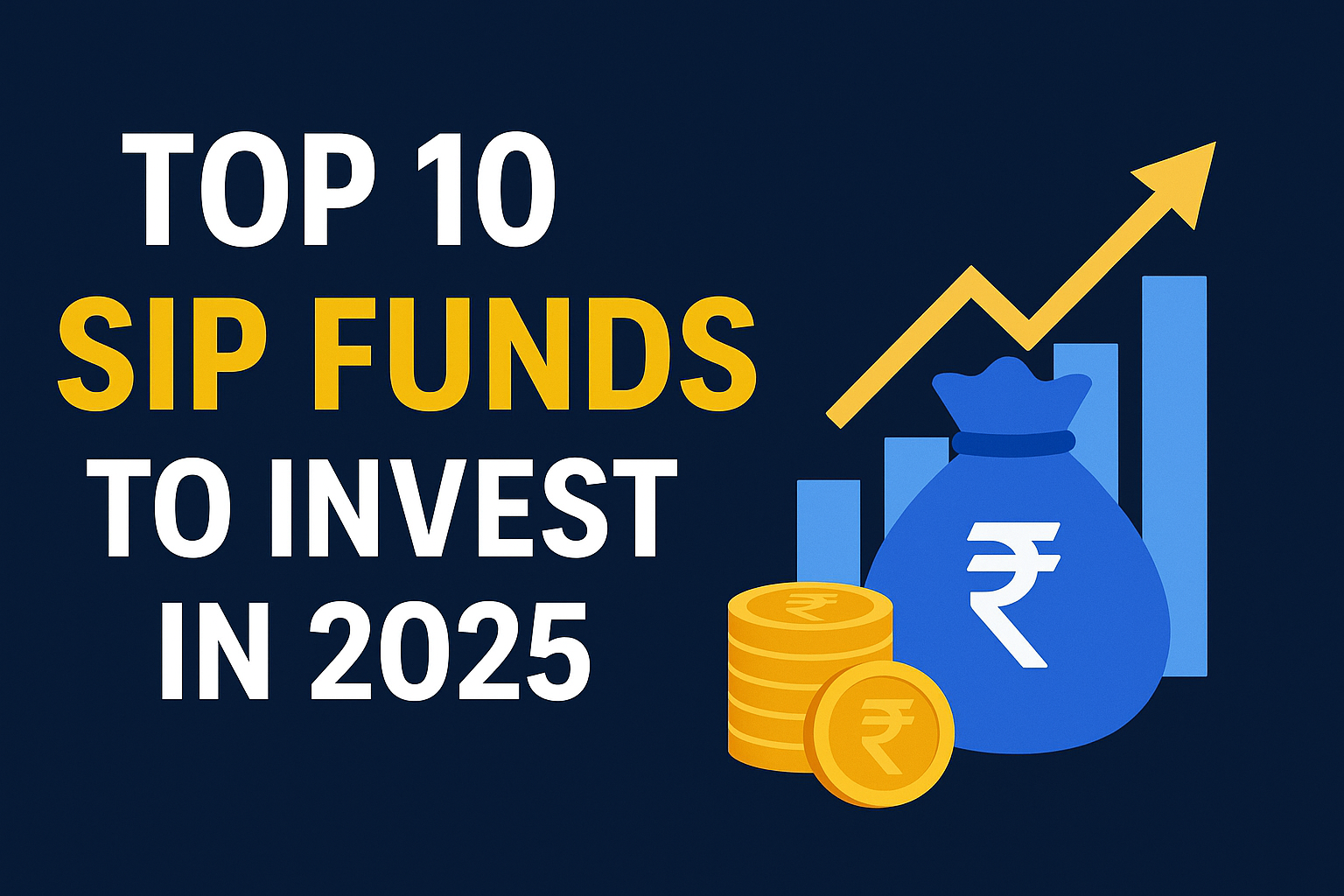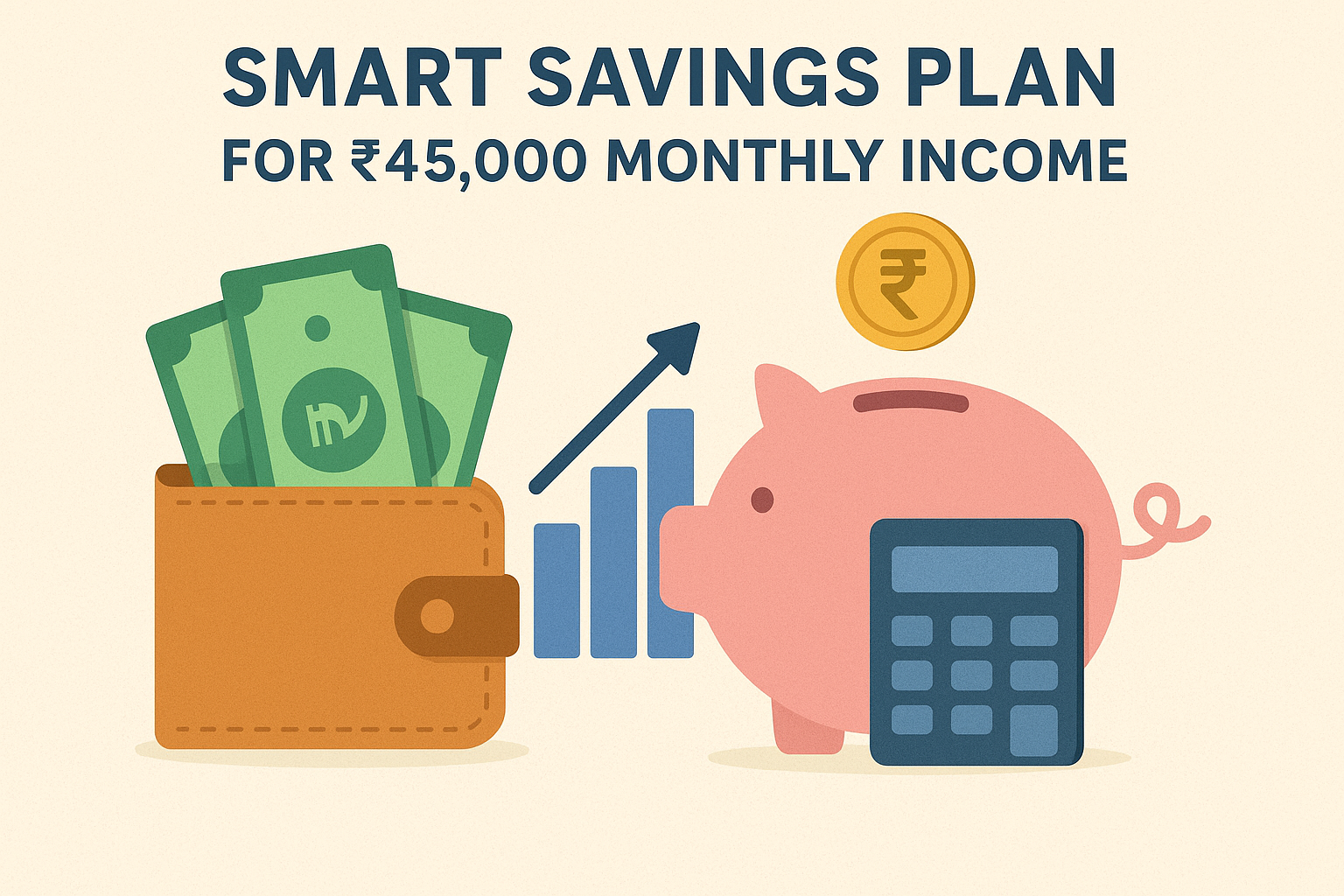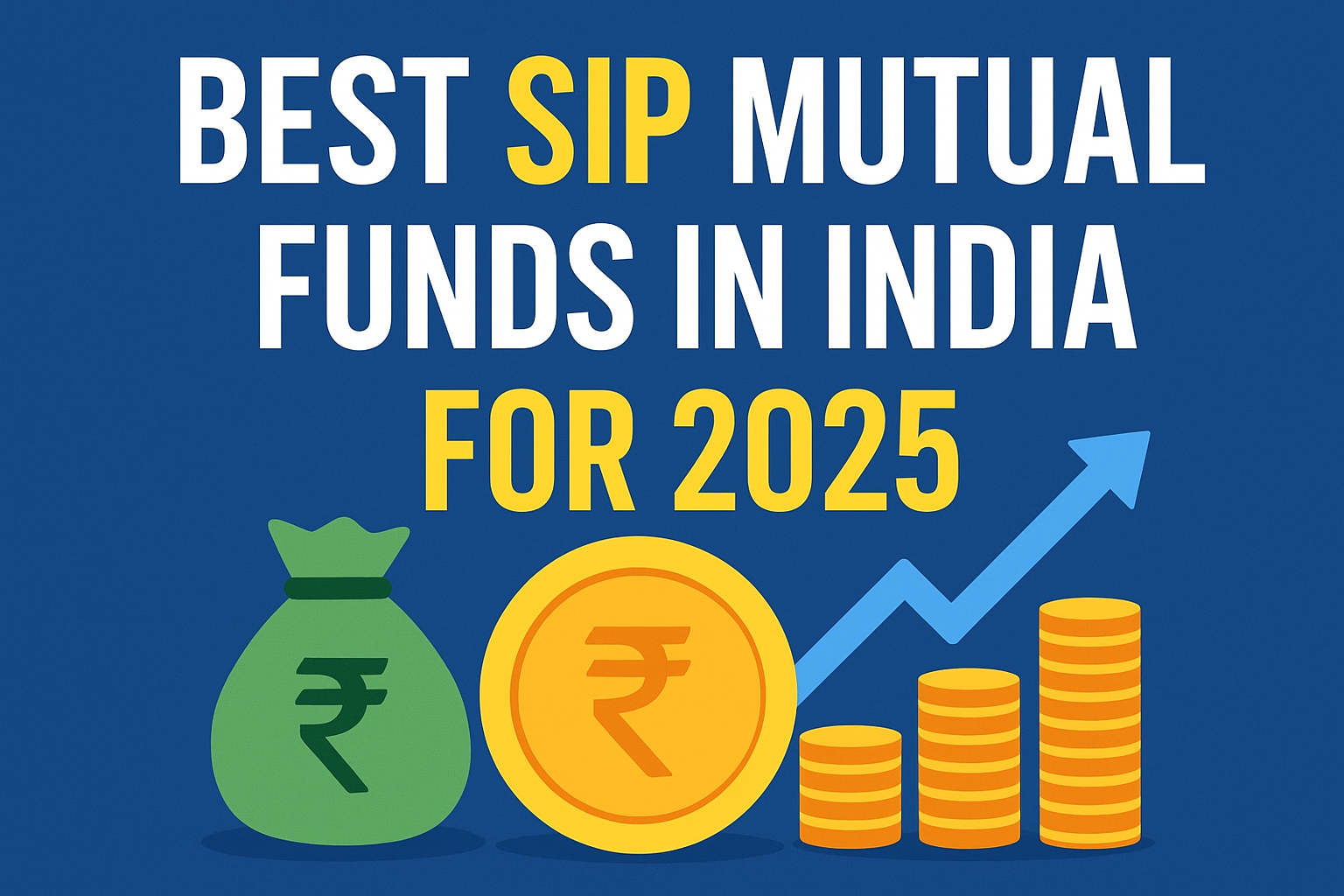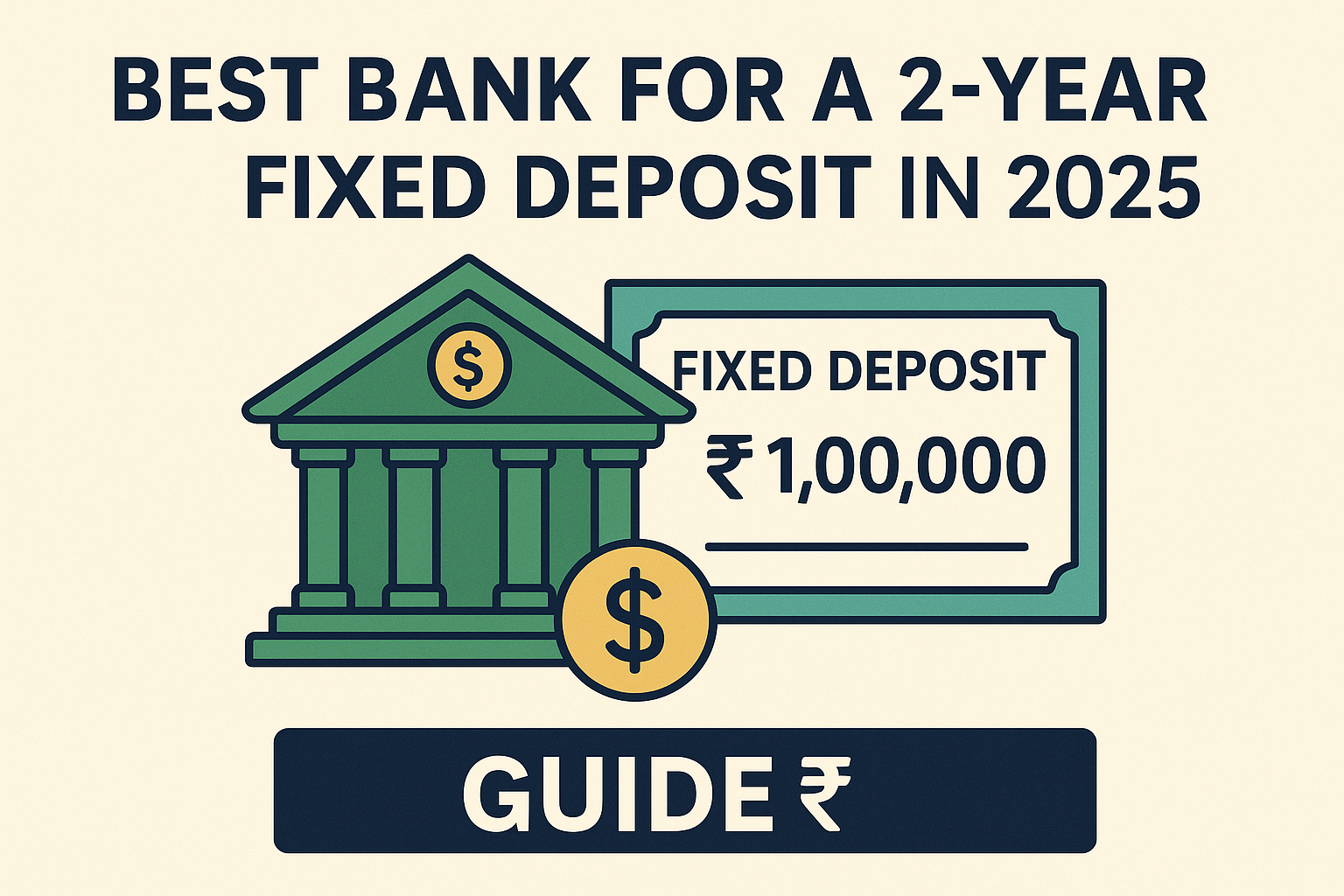🏠 Which Bank is Best for a Home Loan in India?
Buying a home is one of the biggest milestones in life, and finding the right home loan is just as crucial. With so many banks and financial institutions offering home loans, it’s important to choose the one that best fits your budget, lifestyle, and repayment capacity.
Let’s break down the top choices and what you should consider before picking a lender.
🔍 Top Banks Offering Home Loans in India (As of June 2025)
Here’s a snapshot of leading home loan providers in India, based on current interest rates, fees, and services:
- SBI (State Bank of India): Offers interest rates between 8.35% to 9.15%. Known for its reliability and special rate concessions for women applicants. Tenure can extend up to 30 years.
- HDFC Ltd/HDFC Bank: Home loan rates start from 8.50%. Popular for hassle-free processing, better loan eligibility, and flexible repayment plans.
- ICICI Bank: Offers digital-friendly processing and interest rates ranging from 8.40% onwards. Balance transfer options are available for better terms.
- Axis Bank: Competitive rates, ranging from 8.50%, and services such as doorstep document collection and faster disbursal make it a good choice.
- Bank of Baroda: A public sector bank that offers home loans starting at 8.25%. It also provides pre-approved top-up loans and usually has lower processing charges.
- LIC Housing Finance: Though rates are slightly higher (from 8.65%), it is preferred for large loan amounts and insurance-linked loans.
- PNB (Punjab National Bank): Good for salaried and government employees. Rates are affordable, and the bank has transparent pricing.
- IDFC First Bank: Known for offering flexible EMI options and competitive rates. Suitable for salaried borrowers.
- Tata Capital: If you’re looking at an NBFC option, Tata Capital offers quicker loans with minimal paperwork, though at slightly higher interest rates.
✅ What to Check Before Choosing a Bank
When you’re evaluating banks, look beyond just the interest rate. Here are a few things to keep in mind:
- Processing Time: Private banks are quicker with digital processes. Public sector banks are more document-heavy but may offer stability and better service in the long run.
- Prepayment Rules: Most banks don’t charge for prepayment of floating-rate loans. Avoid lenders who penalize early closure.
- Tenure & EMI Options: A longer loan tenure reduces monthly EMI but increases total interest. Use an EMI calculator to find your best fit.
- Eligibility & Documents: Make sure your income documents, CIBIL score (preferably above 750), and property papers are in order.
- Government Subsidies: Some banks offer loans under the Pradhan Mantri Awas Yojana (PMAY) which can lower your cost if you qualify.
🙋♂️ Frequently Asked Questions (FAQs)
1. Which bank has the lowest interest rate for a home loan right now?
Banks like Bank of Baroda and SBI are currently offering some of the lowest rates starting around 8.25% to 8.35%.
2. Is it better to go with a public or private bank for a home loan?
Public banks like SBI and PNB offer better transparency and lower fees, while private banks offer faster processing and digital convenience.
3. Can I switch my home loan to another bank?
Yes, most banks allow balance transfer options where you can move your loan to another lender offering a lower rate.
4. What is the maximum loan tenure I can get?
Most banks offer a maximum home loan tenure of 30 years, depending on your age and income.
5. Do I need a guarantor to apply for a home loan?
Usually, no guarantor is required. However, a co-applicant (like a spouse or parent) may be added to improve eligibility.
🎯 Final Thoughts
If you’re a first-time homebuyer or salaried employee, banks like SBI, HDFC, and ICICI are highly recommended for their service, processing time, and flexibility. For low processing fees and government scheme eligibility, Bank of Baroda and PNB are solid options.
Take time to compare offers and read the fine print before signing. It’s not just about the rate—it’s about the overall value and peace of mind over the loan’s lifetime.







